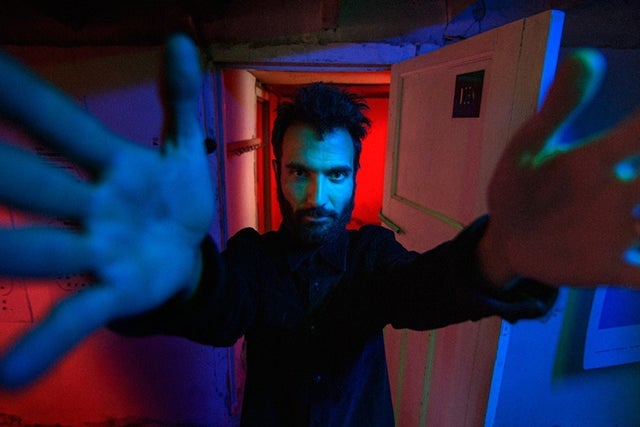
Find more presales for shows in Seattle, WA
Show Tigran Hamasyan presales in more places
Prayer Wheels and Polyrhythms with Tigran Hamasyan
Tigran Hamasyan grew up in Gyumri, Armenia, and his music braids folk modes, jazz drive, and a lean, near-metal sense of rhythm.
Ancient roots, modern engine
Recent years have him toggling between solo piano and a flexible trio, and the standards turn on StandArt sits alongside his darker original suites. Expect a set that threads lyrical preludes into knotty grooves, with likely stops at Markos and Markos, Vardavar, The Grid, and What the Waves Brought.Who shows up and what they notice
The room tends to mix conservatory students quietly counting 7s, Armenian families sharing proud nods, and jazz heads leaning in to watch the left hand ride. A neat bit of history: he won a major international jazz piano competition in 2006 while still a teenager, and later layered village-style handclaps on Mockroot to thicken the pulse. He often sings fragile lines in unison with the right hand, turning modal runs into a single voice that cuts through dense rhythm. Note: the songs and staging mentioned here are educated guesses based on recent tours, not a fixed promise.The Tigran Hamasyan Crowd, Up Close
This crowd reads like a seminar that remembers to have fun, with black denim next to embroidered jackets and a few folks in sleek sneakers tapping odd counts by habit.
Quiet focus, shared pulse
You will hear soft shushes before quiet preludes and a low chorus of breath when a long ostinato finally resolves. Clapping breaks often land in 7, and some fans naturally fall into a 3+2+2 pattern that the band can play against.What fans bring and take home
Merch skews practical and nerdy: vinyl reissues, minimalist tees with Armenian motifs, and sometimes a book of transcriptions at the table. Conversation tends to be about forms and feelings rather than hero worship, with people trading favorite versions of Mockroot cuts or recalling a solo show where a hymn quote slipped in. Encores are polite but insistent, and the room walks out humming a bare motif rather than a chorus, like a tune you keep turning over on the way home.How Tigran Hamasyan Builds the Storm
Tigran Hamasyan treats the piano like a rhythm instrument first, stacking left-hand ostinatos so the drums can speak in slashes and whispers above.
Groove first, numbers second
His voice often rides in unison with the right hand, giving the melody a reed-like edge that keeps shape even when harmony shifts. Tempos sit in uncommon counts but the hooks land in clear shapes, because he phrases in groups you can tap, not in academic grids. Arrangements tend to open with rubato sketches, then click into clockwork, and the trio will thin textures on a dime to let a single note ring.Small details, big lift
A lesser-known habit is how he regroups a meter mid-chorus, flipping 3+2+2 into 2+3+2 without changing speed, which feels like the floor slides under you while the room stays steady. Piano tones stay mostly dry with selective pedal, and when he mutes strings with a palm you get a dulcimer thud that suits the folk DNA. Lights usually paint warm ambers for hymn-like moments and colder blues for the storm, supporting the music without stealing focus.If You Like Tigran Hamasyan: Kindred Roads
If Tigran Hamasyan speaks to you, Brad Mehldau will feel familiar for his songcraft and quiet intensity, even as his touch leans more toward romance than roar.


